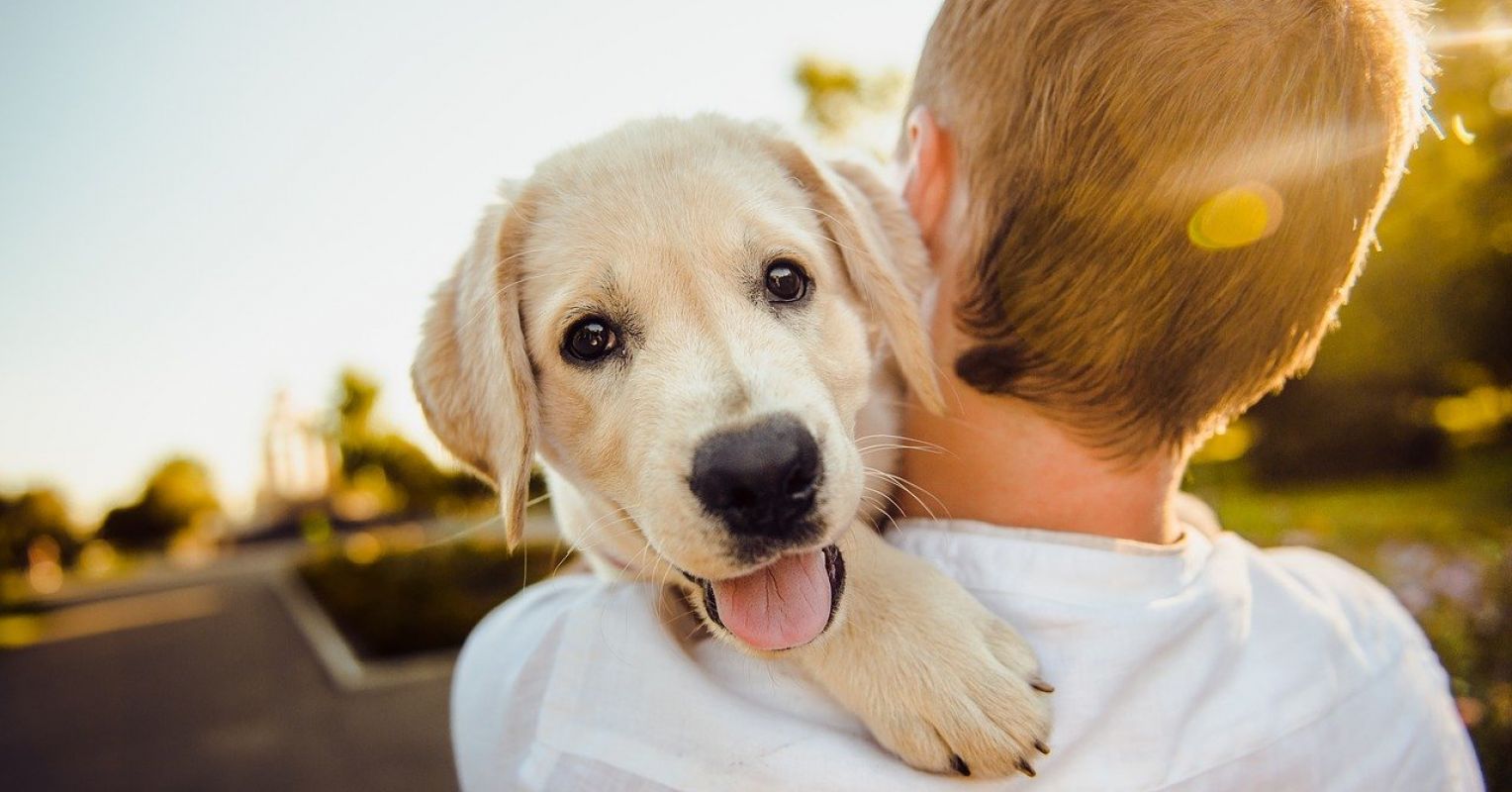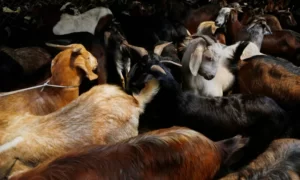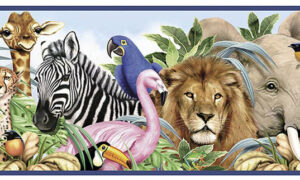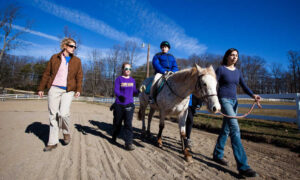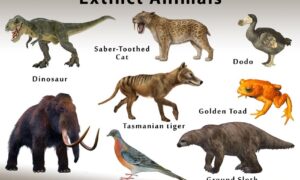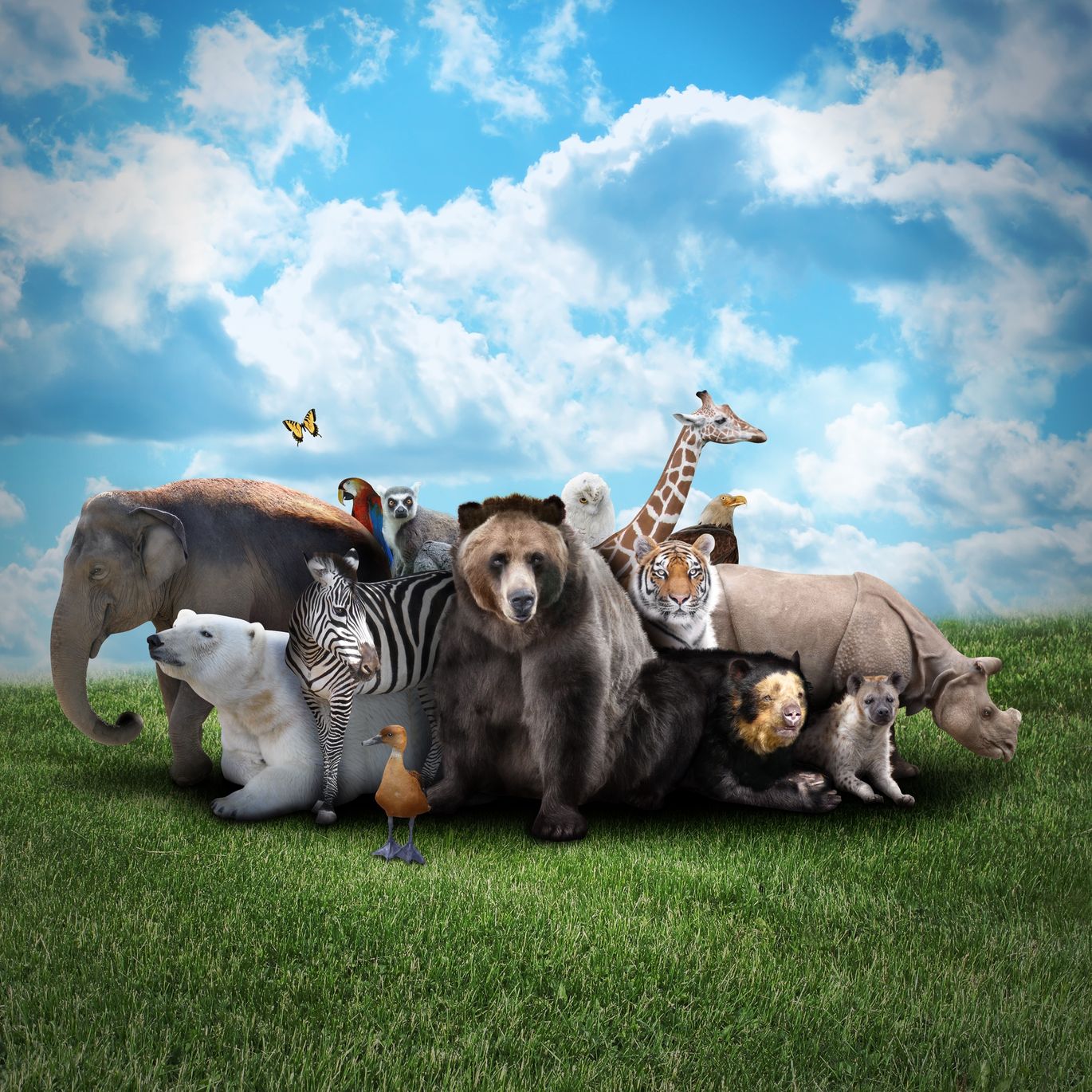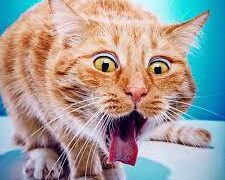Animals and Humans: Exploring the Connection
Humans and animals share a profound and innate connection that has spanned centuries. This bond goes beyond mere coexistence and touches the depths of our emotions, society, and even scientific advancements. Whether as companions, research subjects, or symbols in art and literature, animals play a significant role in shaping our lives and the world we live in. In this article, we will delve into the multifaceted relationship between animals and humans, exploring the various dimensions of this connection and its implications.
I. Introduction
Humans and animals have been intertwined since the dawn of civilization. From ancient times to the present day, animals have been an integral part of our lives, serving various roles ranging from loyal companions to sources of sustenance. This innate connection is deeply rooted in our biology, psychology, and cultural fabric.
II. The Emotional Bond between Animals and Humans
A. The role of pets in providing emotional support
Pets, such as dogs and cats, have become beloved members of countless households worldwide. Their companionship and unwavering loyalty often transcend mere ownership, evolving into profound emotional bonds. Scientific studies have shown that interacting with pets can reduce stress, lower blood pressure, and alleviate symptoms of anxiety and depression. The simple act of petting a dog or listening to a cat’s purr can have a soothing effect on our well-being.
B. The therapeutic benefits of animal-assisted therapy
Animal-assisted therapy has gained recognition as an effective approach to treating various physical and mental health conditions. Trained therapy animals, including dogs, horses, and dolphins, are used to assist individuals in therapy sessions. These animals offer comfort, companionship, and motivation, helping people overcome challenges and improve their overall well-being. Animal-assisted therapy has shown promising results in diverse settings, from hospitals to rehabilitation centers, providing a unique and valuable form of support.
III. Animals as Companions
A. The impact of animals on human well-being
The presence of animals in our lives can have a profound impact on our well-being. Numerous studies have highlighted the positive effects of pet ownership, including decreased feelings of loneliness, enhanced social interaction, and increased physical activity. Animals, with their unconditional love and non-judgmental nature, provide solace during difficult times and foster a sense of connection and responsibility.
B. The benefits of pet ownership
Pet ownership goes beyond the emotional aspects and offers tangible benefits. For instance, walking a dog encourages regular exercise, leading to improved cardiovascular health. Furthermore, pets can serve as social catalysts, facilitating social interactions among their owners and creating opportunities for community engagement.
IV. Animals in Scientific Research
A. The ethical considerations of using animals in research
The use of animals in scientific research has long been a subject of debate. While ethical concerns arise regarding animal welfare, it is important to acknowledge the stringent regulations and ethical guidelines that govern animal research. These regulations aim to minimize animal suffering and ensure that research involving animals is necessary, conducted with the utmost care, and seeks to benefit human health and knowledge.
B. The contributions of animal research to human health and development
Animal research has played a crucial role in advancing medical knowledge and developing treatments for numerous diseases. Many breakthroughs in medicine, including vaccines, surgical procedures, and the understanding of complex biological processes, have been made possible through animal studies. Animals serve as models to study diseases, test treatments, and explore the intricacies of the human body. While alternative methods are continually being developed, animal research remains an important component of medical progress.
V. Wildlife Conservation and Human Responsibility
A. The interconnectedness of ecosystems
The conservation of wildlife is not only important for the preservation of biodiversity but also for the well-being of our planet. Ecosystems rely on a delicate balance, where each species has a role to play. Disturbances to this balance can have far-reaching consequences, affecting not only wildlife but also human populations. The loss of keystone species or habitat destruction can disrupt entire ecosystems, leading to ecological imbalances and potential negative impacts on human livelihoods.
B. The role of humans in protecting and preserving wildlife
Humans hold a profound responsibility to protect and preserve wildlife. Conservation efforts involve preserving natural habitats, combating illegal wildlife trade, and promoting sustainable practices. By actively participating in conservation initiatives, supporting organizations dedicated to wildlife protection, and advocating for stricter regulations, individuals can contribute to safeguarding the incredible diversity of animal species and their habitats.
VI. The Impact of Animals on Human Society
A. Animals in cultural and religious practices
Throughout history, animals have played significant roles in cultural and religious practices worldwide. They have been revered as symbols of strength, wisdom, and spirituality. Animals often feature prominently in myths, folklore, and religious texts, representing virtues, deities, or important concepts.
B. Animals as symbols and metaphors in literature and art
Animals have served as powerful symbols and metaphors in literature and art, enriching human expression and creativity. From Aesop’s fables to George Orwell’s Animal Farm, animal characters have been used to convey complex moral lessons and societal critiques. Similarly, artists throughout history have depicted animals in various mediums, using them as metaphors for human emotions, desires, and societal dynamics. Animals in literature and art evoke a sense of wonder, provoke introspection, and invite us to contemplate the complexities of the human condition.
VII. The Future of the Human-Animal Connection
A. Emerging trends in animal-human relationships
The human-animal connection continues to evolve in response to changing societal attitudes and advancements in technology. Emerging trends include the rise of animal-assisted interventions in diverse fields, such as education and healthcare, where animals are utilized to enhance learning and well-being. Additionally, the concept of animal rights and ethical treatment is gaining traction, leading to increased scrutiny of industries that exploit animals for entertainment or profit.
B. Ethical challenges and considerations
While the human-animal connection offers numerous benefits, it also presents ethical challenges that require careful consideration. Balancing animal welfare with human needs and desires can be a complex task. It is crucial to ensure that our interactions with animals are rooted in respect, compassion, and a commitment to their well-being. Ethical considerations include addressing issues such as animal exploitation, habitat destruction, and the responsible use of animals in various industries. Striking a balance between our own interests and the welfare of animals will be an ongoing challenge as we navigate the evolving landscape of the human-animal connection.
VIII. Conclusion
The bond between animals and humans is deep and multifaceted, encompassing emotional, scientific, cultural, and ecological dimensions. Animals serve as companions, providing us with love, support, and comfort. They contribute to scientific advancements, enabling medical breakthroughs and enhancing our understanding of the world. Animals hold symbolic and metaphorical significance in our culture and art, reflecting our collective beliefs and values. It is our responsibility as humans to protect and conserve wildlife, recognizing the interconnectedness of ecosystems and our role in preserving biodiversity. As we move forward, it is essential to navigate the human-animal connection with ethical consideration, ensuring that our actions are driven by respect and compassion.
FAQs
1. Can animals really help improve our mental health? Absolutely! Interacting with animals, such as pets, has been shown to reduce stress, alleviate symptoms of anxiety and depression, and promote overall well-being. Their presence can provide emotional support and a sense of companionship, offering comfort during challenging times.
2. Why is animal research necessary? Animal research plays a crucial role in advancing medical knowledge and developing treatments for various diseases. It allows scientists to study diseases, test treatments, and gain insights into complex biological processes. While alternative methods are being explored, animal research remains an essential component of medical progress.
3. How can individuals contribute to wildlife conservation? Individuals can contribute to wildlife conservation by supporting organizations dedicated to protecting wildlife, advocating for stricter regulations, promoting sustainable practices, and actively participating in conservation initiatives. By raising awareness and taking action, we can play a role in safeguarding animal species and their habitats.
4. Why are animals often depicted in literature and art? Animals have long been depicted in literature and art because they serve as powerful symbols and metaphors. They can represent human emotions, societal dynamics, and moral lessons. Animals in literature and art evoke a sense of wonder and invite us to contemplate the complexities of the human condition.
5. How can we navigate the ethical challenges of the human-animal connection? Navigating the ethical challenges requires a commitment to respect, compassion, and animal welfare. It involves addressing issues such as animal exploitation, habitat destruction, and responsible animal use. Striking a balance between human interests and animal welfare will be an ongoing challenge, requiring careful consideration and responsible decision-making.
Read More:The Bond Between Humans and Animals

